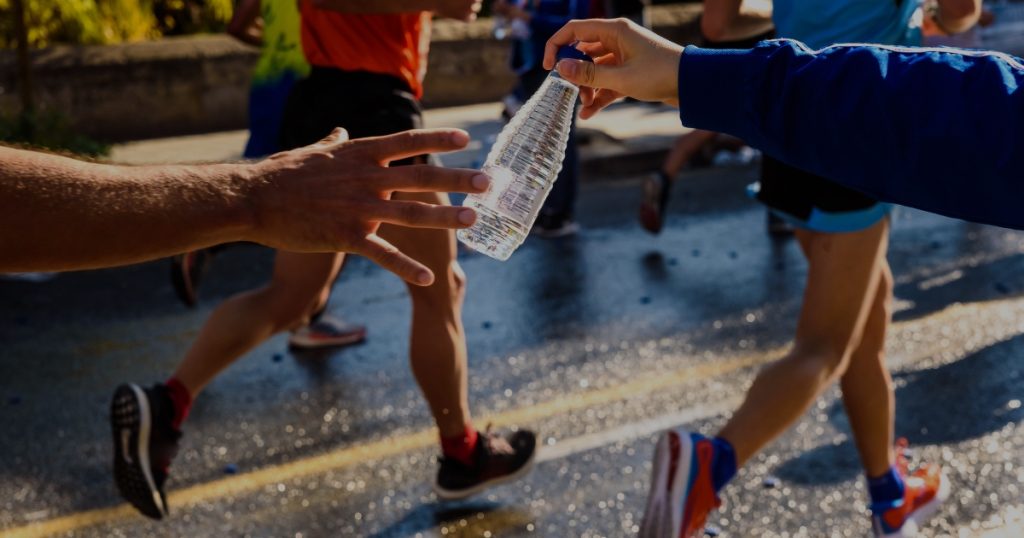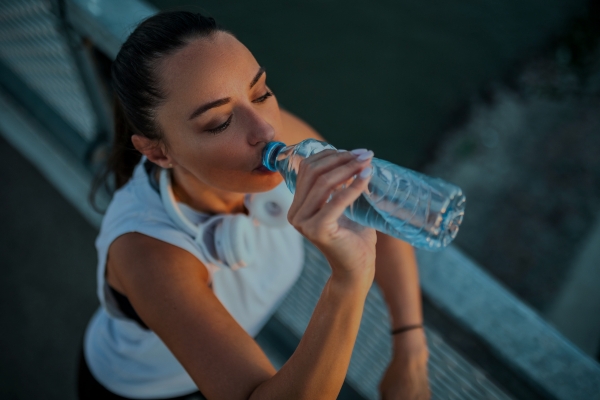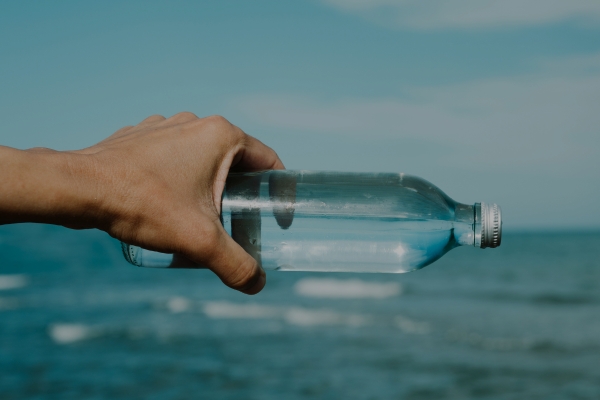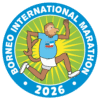
Borneo International Marathon 2025: The Ultimate Hydration Guide for Runners
Running a marathon is already a demanding feat. Add Borneo’s tropical humidity and soaring temperatures, and the risk of dehydration multiplies. Your body sweats to cool down, but in doing so, it loses water and electrolytes, critical for muscle function and endurance. Hydration is not just about drinking water as it’s about regulating your internal systems to perform efficiently.
Effects of Dehydration on Performance
Dehydration reduces blood volume, making your heart work harder. Your muscles get less oxygen and energy, and your core body temperature increases, raising the risk of heatstroke.
Symptoms of dehydration include:
- Dry mouth
- Dizziness
- Headaches
- Muscle cramps
- Elevated heart rate
- Dark urine
Even a 2% decrease in hydration can lead to a 10% drop in physical performance.
The Risks of Overhydration (Hyponatremia)
It’s easy to assume that drinking more is always better but too much water without replacing lost sodium can cause hyponatremia. Symptoms include nausea, confusion, and swelling.
Balance is key: Drink enough to stay hydrated but also maintain your electrolyte levels.
Pre-Race Hydration Strategy
Start planning your hydration days before the race.
- Hydrate 48 hours prior: Increase water and electrolyte intake gradually.
- Avoid alcohol and caffeine: They dehydrate you.
- Eat water-rich foods: Cucumbers, watermelon, and oranges are great pre-race snacks.
- Check your pee: Pale yellow is ideal—too clear means overhydration, too dark means dehydration.

Race-Day Hydration Tips
1. Start Already Hydrated: Drink 400–600 ml of water 1–2 hours before the race.
2. Follow the 15–20 Minute Rule: Sip 150–250 ml of fluid every 15–20 minutes.
3. Use Aid Stations Wisely: Don’t skip them; take small, steady sips.
4. Don’t Wait for Thirst: If you’re thirsty, you’re already slightly dehydrated.
Electrolyte drinks > water only — they help replenish sodium, potassium, and magnesium.
Tailoring Hydration to Borneo’s Climate
Humidity increases sweat rate, and in Borneo, it can reach over 80%.
Tips for tropical conditions:
- Wear lightweight, moisture-wicking clothing.
- Plan your pace conservatively.
- Take more fluids early in the race.

Electrolyte Replenishment: What and How?
During long runs, especially in the heat, you need:
- Sodium (salt): Prevents cramps and maintains fluid balance.
- Potassium: Aids muscle contraction and heart function.
- Magnesium & Calcium: Reduce cramping and support endurance.
Sources:
- Electrolyte drinks like Gatorade
- Salt tablets (only with proper guidance)
- Bananas or orange slices (often provided at stations)
Post-Race Hydration and Recovery
Hydration doesn’t stop at the finish line.
Post-race tips:
- Continue sipping fluids for 1–2 hours post-race.
- Eat hydrating foods with carbs and electrolytes.
- Use electrolyte drinks rather than plain water to speed recovery.
- Monitor urine output and color throughout the day.

DIY Hydration Formula (For Training & Race Day)
If you prefer homemade hydration:
DIY Electrolyte Mix:
- 1 liter of water
- 1/2 tsp salt
- 1/2 tsp baking soda
- 1 tbsp honey or maple syrup
- Juice of 1 lemon
This keeps costs low and ensures you’re consuming clean ingredients.
Hydration Tips for Busy Marathoners
- Use hydration backpacks for long-distance runs.
- Track water intake with smart bottles or apps.
- Practice hydration during training runs—don’t wait until race day.
Final Thoughts
Hydration is one of the most underestimated yet critical components of a successful marathon. For the Borneo International Marathon 2025, staying ahead of the heat with a personalized hydration plan can be the difference between finishing strong or not finishing at all.
By listening to your body, practicing smart hydration strategies, and respecting the tropical climate, you’ll be well-prepared to conquer the course safely and successfully.
